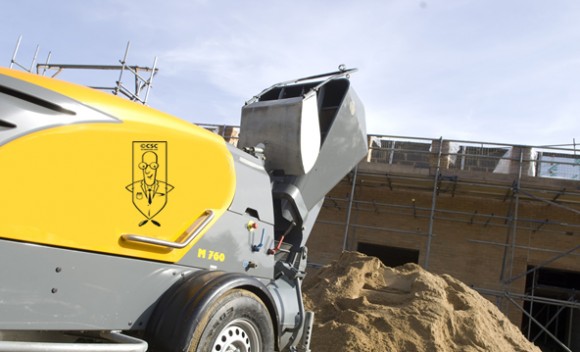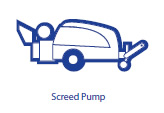
A Practical Guide to Screed Testing: What Do the Experts Say?

A Practical Guide to Screed Testing: What Do the Experts Say?
Benefits of using a screed pump

A good screed mix is essentially an evenly blended mix of cement, sand and additives that gives a level sub floor to receive tiles, wood flooring, carpet, vinyl, etc. The method of mixing plays a large role in determining the quality of the screed. When free fall mixers and the traditional hand mixing can yield screed mixes of permissible quality for a small area, the scenario is entirely different when it comes to screeding large areas or floors with specifications for higher impact resistance.
Superior Quality: As screed pumps make use of ‘forced action mixing’, the screed mixes produced are generally of much higher quality and homogeneity. Screed pumps enable the screed mixture to be mixed uniformly, distributing the cement and additives evenly through the sand.
Hand mixing and free fall mixing on the other hand, do not produce the same high quality homogenous mix, and often leads to ‘balling’ of cement which can result in weak and poor quality screeds that crumble easily. Modified screeds like FlexiDry are found to perform at its peak when force action mixed using screed pumps or the smaller pan mixers.
 Higher Efficiency: Using the screed pump is easier and quicker compared to hand mixing or free fall mixers. Screed pumps can efficiently mix large volumes of screed in a short time and is ideal for screeding large areas.
Higher Efficiency: Using the screed pump is easier and quicker compared to hand mixing or free fall mixers. Screed pumps can efficiently mix large volumes of screed in a short time and is ideal for screeding large areas.
Ideal when access to work site is difficult: Screed pumps are suitable for complex constructions and buildings with difficult access where materials can’t be carried up manually.
Minimal dust pollution at the work site: Mixing the screed in screed pumps helps in keeping the work premises cleaner as compared to the traditional mixing methods, and also keeps dust and dirt to the minimum.





